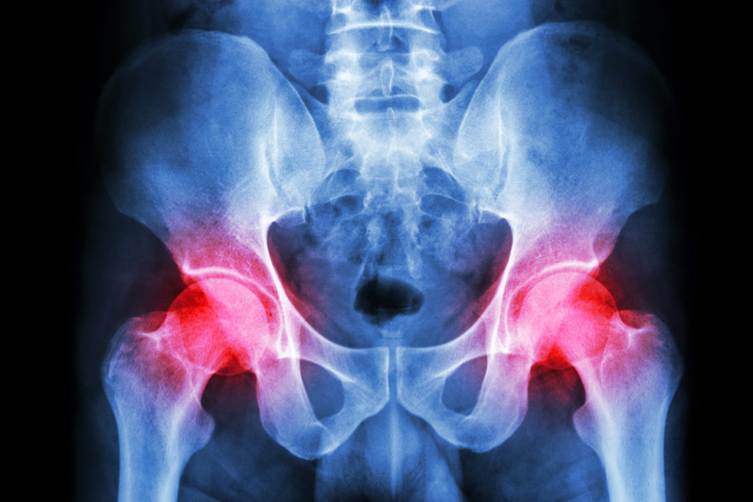Hip bursitis is a common yet painful condition that affects people of all ages, particularly those who engage in repetitive activities or suffer from underlying joint issues. It occurs when the bursae—small, fluid-filled sacs that cushion the bones, tendons, and muscles around the joints—become inflamed.
What Is Hip Bursitis?
The hip contains several bursae, but the most commonly affected is the trochanteric bursa, located on the outer point of the hip. When this bursa becomes irritated or inflamed, it results in a condition called trochanteric bursitis. Less commonly, iliopsoas bursitis affects the bursa located near the groin area.
Bursitis is not a disease but a symptom of an underlying issue, often triggered by overuse, trauma, or poor biomechanics.
Causes of Hip Bursitis
There are several reasons why hip bursitis may develop, including:
- Repetitive motion or overuse (e.g., long-distance running, climbing stairs)
- Prolonged pressure on the hips (such as lying on one side for long periods)
- Hip injuries or trauma (falls, bumps, or joint stress)
- Spinal abnormalities, such as scoliosis
- Leg length inequality
- Arthritic conditions (like rheumatoid arthritis or osteoarthritis)
- Surgical complications from hip implants or joint replacements
In many cases, more than one factor contributes to the inflammation.
Symptoms of Hip Bursitis
Symptoms may develop gradually or suddenly and include:
- Sharp or aching pain on the outer side of the hip
- Pain that worsens with physical activity, especially walking, climbing, or prolonged standing
- Discomfort when lying on the affected side
- Swelling and tenderness around the hip
- Pain may radiate down the thigh or buttocks in some cases
If untreated, hip bursitis can become chronic and interfere with daily activities.
Diagnosis of Hip Bursitis
A healthcare professional will begin with a physical examination and discuss the patient’s medical history. Diagnostic tools may include:
- X-rays – to rule out fractures or arthritis
- MRI or ultrasound – to visualize soft tissue and confirm bursal inflammation
- Blood tests – in rare cases to rule out infection or systemic inflammation
An accurate diagnosis is crucial to differentiate hip bursitis from other conditions such as tendonitis, sciatica, or arthritis.
Treatment Options
Conservative Treatment
Most cases of hip bursitis respond well to conservative management:
- Rest – Avoid activities that aggravate the pain
- Ice packs – Apply to the affected area for 15–20 minutes, 3–4 times a day
- Nonsteroidal anti-inflammatory drugs (NSAIDs) – Such as ibuprofen or naproxen
- Physical therapy – Focused on stretching and strengthening the muscles around the hip
- Weight management – To reduce pressure on the hips
Medical Interventions
When conservative treatments fail, doctors may recommend:
- Corticosteroid injections – Provide quick relief by reducing inflammation
- Assistive devices – Like crutches or canes to reduce hip strain
- Shockwave therapy or PRP – In chronic cases
Surgical Options
Surgery is rarely needed but may be considered in chronic, unresponsive cases. The inflamed bursa is removed (bursectomy), typically through minimally invasive techniques.
Prevention Tips
- Warm up and stretch before exercise
- Use proper technique during physical activities
- Avoid prolonged pressure on the hips
- Maintain a healthy body weight
- Wear supportive footwear
- Address any muscle imbalances or joint misalignments
When to See a Doctor
Consult a doctor if:
- Pain is persistent or worsening
- You notice swelling, redness, or warmth around the joint
- You experience fever (possible sign of infection)
- Home remedies offer little to no relief after several weeks
Conclusion
Hip bursitis is a manageable condition with the right treatment and lifestyle modifications. Early diagnosis and conservative care can lead to a full recovery, allowing you to return to regular activities without pain. Listening to your body and taking preventive steps can reduce the risk of recurrence.
Disclaimer: This blog is for informational purposes only and does not substitute professional medical advice. Always consult a healthcare provider for personalized diagnosis and treatment.
